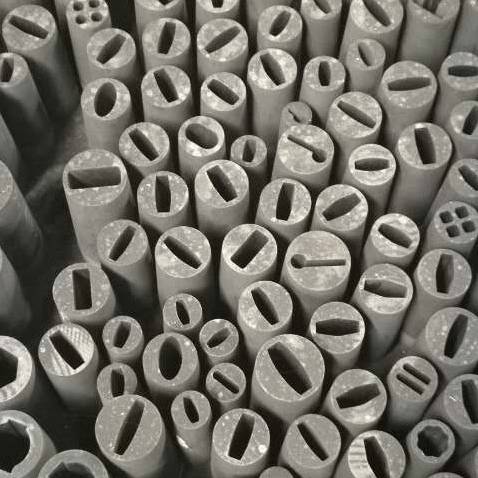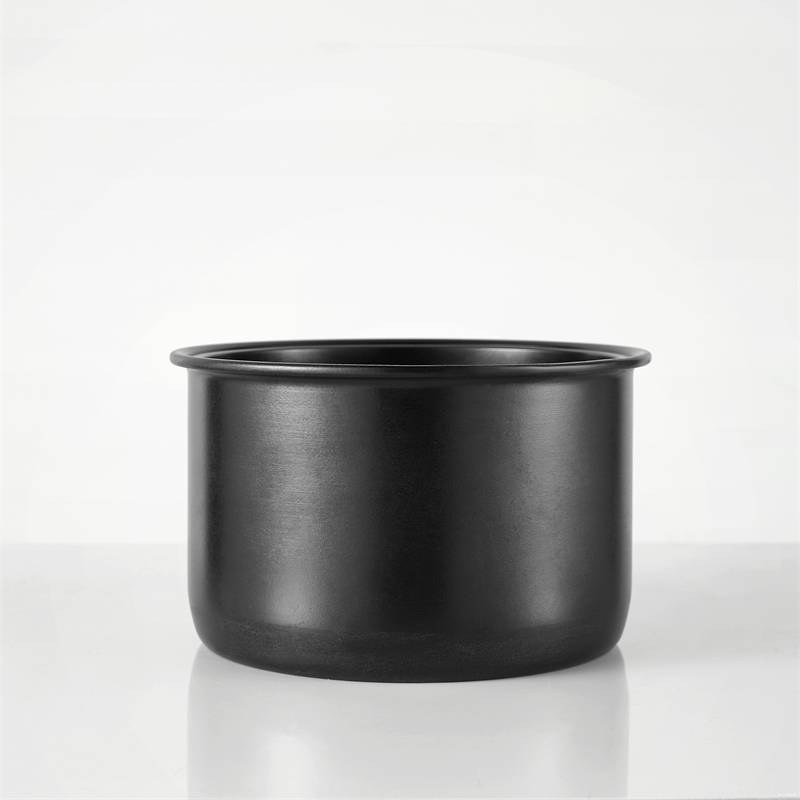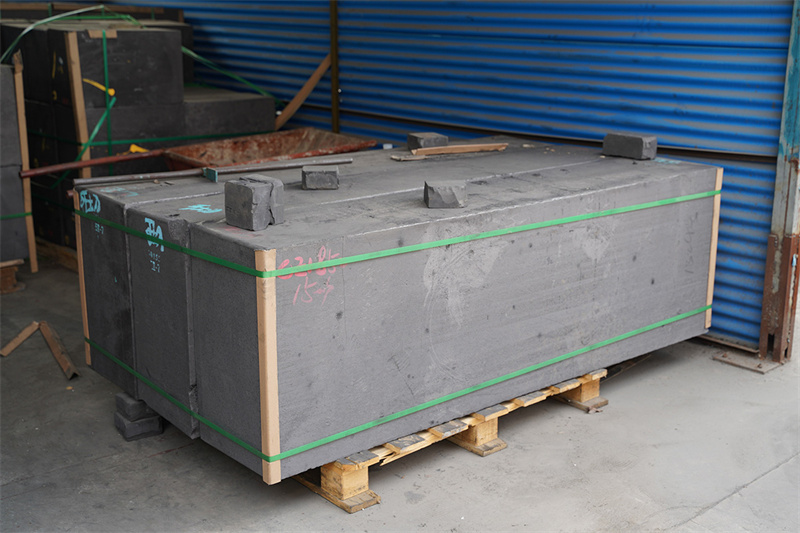Carbon-carbon composites represent a remarkable innovation in material science, offering unparalleled strength, durability, and versatility across a wide range of industries. These advanced materials, composed of carbon fibers embedded in a carbon matrix, have transformed the landscape of manufacturing and engineering. From aerospace to automotive, and from sporting goods to medical devices, carbon-carbon composites are leaving an indelible mark on various sectors, enabling the development of lighter, stronger, and more efficient products.
Aerospace Industry
In the aerospace sector, where weight reduction and performance are paramount, carbon-carbon composites have become indispensable. They are extensively used in aircraft and spacecraft components such as wings, fuselages, and rocket nozzles. The exceptional strength-to-weight ratio of carbon-carbon composites allows for the construction of lighter and more fuel-efficient aircraft, leading to reduced operating costs and environmental impact. Moreover, their high-temperature resistance makes them ideal for applications subjected to extreme thermal conditions, ensuring optimal performance even in the harsh environment of outer space.
Automotive Industry
Carbon-carbon composites are revolutionizing the automotive industry by enabling the production of vehicles that are not only lighter but also stronger and more fuel-efficient. These materials find applications in various automotive components, including body panels, chassis structures, and braking systems. By incorporating carbon-carbon composites into vehicle design, manufacturers can enhance performance, improve handling, and increase energy efficiency while maintaining stringent safety standards. Furthermore, the use of carbon-carbon composites in electric vehicles helps extend driving range by reducing overall weight, thus accelerating the transition to sustainable transportation solutions.
Sporting Goods
In the realm of sporting goods, carbon-carbon composites have become synonymous with high-performance equipment. From bicycles and tennis rackets to golf clubs and fishing rods, these materials offer athletes a competitive edge through their exceptional strength, stiffness, and resilience. Carbon-carbon composites allow for the creation of sporting equipment that is not only lighter and more durable but also more responsive and aerodynamic, enabling athletes to push the boundaries of their performance. Whether on the track, the court, or the course, carbon-carbon composites are helping athletes achieve peak performance and set new records.
Medical Devices
In the field of medical devices, carbon-carbon composites are making significant strides, particularly in the development of advanced prosthetics and implants. These materials offer unparalleled biocompatibility, corrosion resistance, and mechanical properties, making them ideal for applications such as artificial limbs, spinal implants, and orthopedic implants. By utilizing carbon-carbon composites, medical device manufacturers can create implants that closely mimic the mechanical properties of natural bone and tissue, leading to better patient outcomes and improved quality of life. Moreover, the lightweight nature of carbon-carbon composites reduces the burden on patients and enhances comfort, facilitating faster rehabilitation and recovery.
Conclusion
Carbon-carbon composite materials are driving innovation across various industries, offering unmatched performance, durability, and versatility. From aerospace to automotive, and from sporting goods to medical devices, these advanced materials are revolutionizing the way we design, manufacture, and use products. As research and development efforts continue to push the boundaries of material science, carbon-carbon composites are poised to play an even greater role in shaping the future of technology and engineering, paving the way for lighter, stronger, and more sustainable solutions.



_853.jpg)
_867.jpg)
